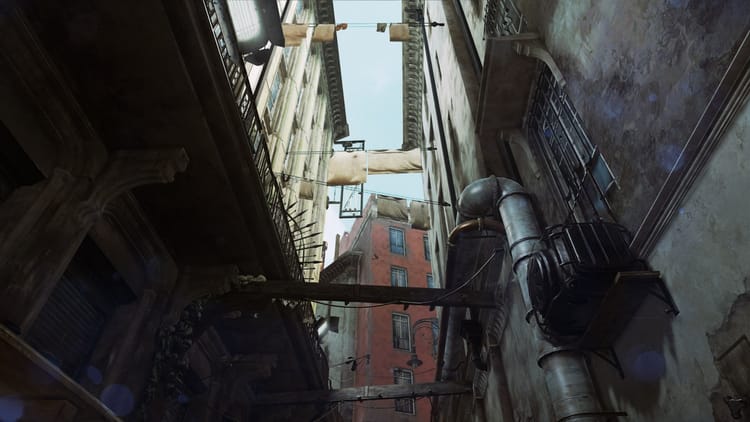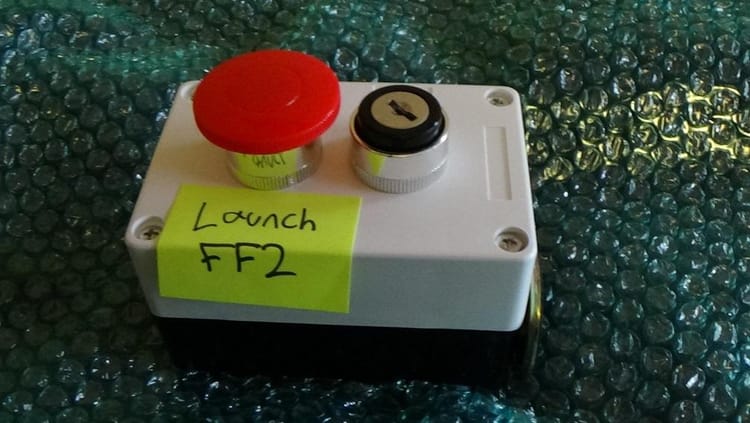Why esports commentary is so difficult

The job of a sports commentator is to help viewers understand the “why” of what is happening on the field. The reasons behind that 40-yard catch-and-run, the set-up behind that buzzer-beating 3-pointer, the specific actions that led to that corner kick goal—all should be made clear from the insightful and revealing analysis of an experienced commentator.
Since viewers generally understand the basic rules of the sport at hand, commentary for popular sports, at least in the USA, focuses on analytics, helping viewers understand the game as it’s being played at a deeper level. This might be achieved by sharing relevant statistics or commenting on a player’s tendencies in certain situations. Commentators can help viewers become experts in the game even as they watch, leading to a more satisfying spectator experience. It’s typically more engaging for a viewer to watch something they understand with commentators bridging the gaps in their knowledge. This is why esports commentary proves so difficult.
esports commentating suffers this ebb-and-flow of viewership more
Here, in Chicago, I regularly commentate on fighting game tournaments and have hosted and commentated on traditional sports as well through podcasts and live football broadcasts. In my experience, the relative lack of familiarity that a larger viewing audience may have with esports as a whole, means that my job as an esports commentator has often been more difficult than when I call football games. At the highest competitive levels, videogames look very different than they do when played casually among friends, and often have rule sets and eccentricities that a wider audience will not be aware of unless they’re directly involved in the competitive scene.
Viewership is growing, yes—Newzoo reports that the number of esports viewers around the world now compares well to the viewership of mid-tier traditional sports like swimming and ice hockey—but the fact remains that esports are relatively new, gaining popularity in only the past 10 years. Most other sports, on the other hand, have had decades if not hundreds of years to make themselves a familiar of the world. In an interview with Forbes, Monday Night Football commentator Mike Tirico explains that, largely due to people being surrounded by sports media both before and after games, commentators are able to let the game action speak for itself most of the time. Their job is then to offer insightful elaboration on top of that. The familiarity the audience has with the sport—its rules, players, and storylines—means that viewers generally just want to hear directly about the on-field play during broadcasts.
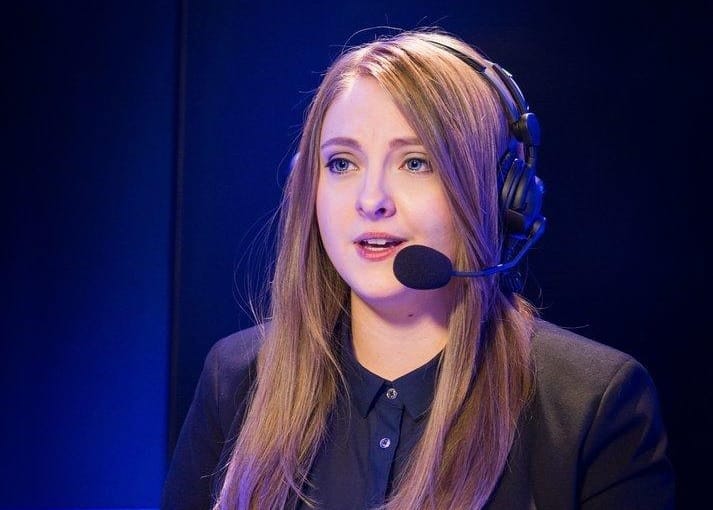
It’s true that most of us are easily able to acquire the knowledge necessary to understand sports from a very young age, even at their highest levels of play. In an interview with Vice, noted esports commentator Lauren Scott remarks that simply playing traditional sports in school means that later on, while watching these sports, you already have a certain level of understanding in mind. Recreation league sports, parents, local news; there are plenty of cultural sources that build familiarity with the rules of traditional sports, allowing commentators to assume a certain level of basic knowledge. This doesn’t yet exist for esports. In effect, esports commentators are required to provide exposition of the competitive specifics of the game at hand during the broadcast itself. Only then can they help viewers to understand the reasons behind each in-game action. This might be explaining that a teammate hit their partner in Super Smash Bros. in order to allow them to use their recovery move again, or spelling out the rationale behind what appears to be a seemingly nonsensical weapon selection in Counter-Strike.
Complicating this further is the fact that, in my personal experience, people often tune in and out at any given time during broadcasts. This is true for both traditional sports and esports commentating. However, esports commentating suffers this ebb-and-flow of viewership more due to largely being broadcast on the internet—people often flick through their open tabs, or will choose to only start watching near the end of tournaments or matches to see the highest level of play. Television, however, where most traditional sports are watched, tends to have a more steady audience, generally speaking. What this means for esports commentators is that, in addition to being engaging and likable on camera, they must also explain what is going on at a basic level to build familiarity, as well as offer insight into those actions throughout the entirety of a broadcast, never assuming that a viewer has been watching the broadcast up to that point. For fighting games, commentary becomes even more difficult.
In the world of esports… that warning barely exists
Newer commentators often fall into a trap where they immerse themselves in the game’s mechanics, becoming familiar with frame data, character matchups, and the prominent players in the game’s scene. But since these games move so fast it’s very hard to keep up while spewing all this knowledge. This causes newer commentators to either linger on explaining the intricacies of an action that is no longer relevant, or resigning themselves to simply calling the action as it happens in a play-by-play style. Mike Buetsch, one of the founders of Unrivaled Tournaments (and the company I commentate for), an esports and tournament organizing group local to Chicago, agrees that for fighting game commentary, finding this balance can be tricky. “Everything you just stated can be totally nullified in one button press, it can be overwhelming,” Buetsch says. “It’s like you’re trying to paint this storyline but the players are constantly trying to change what you’ve just stated. It’s why so many commentators fall into one specific style, and have a hard time breaking into a big scene.”
Some of the most prominent fighting game commentators like D1, Yipes, Scar, and Toph have mastered the art of commentary to the point that they can easily keep up with the games they cover. Their speech lingers on covering tactics, strategies, or player tendencies that need to be explained further, but are able to pivot at a moment’s notice should something amazing happen. They are all masters of improvisation with deep knowledge of the games they cover.
This is absolutely necessary in esports because one of their greatest draws—the frequency of upsets and their split-second nature—also makes the job of the commentator much trickier. In my experience covering and watching major sports, comebacks take time. With the notable exceptions of baseball and boxing, a literal last-second comeback cannot happen, given the fact that all plays take time off the clock. That gives commentators a bit of warning, a bit of time to react, even if it’s only a few seconds. In the world of esports, however, that warning barely exists. One blocked shoryuken in Street Fighter can lead to an insane combo that completely turns the tide of the match. When this happens, it’s not a matter of seconds, it’s a matter of frames. A single frame of animation can change the tide of a match, and the simple fact is that it’s the commentator’s job to immediately pivot, improvise, and analyze the specifics of what happened in that single frame. A traditional sports commentator, on the other hand, has the relative luxury of breaking down plays that take longer to develop.
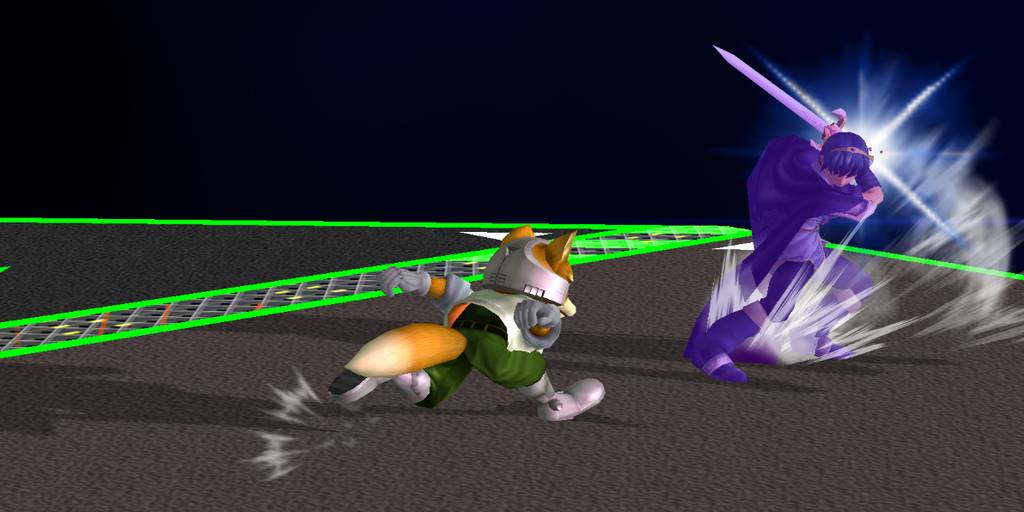
Of course, not every esport is as fast-paced as say, Super Smash Bros. Melee (2001), but even in games like League of Legends (2009) or StarCraft II (2010), strategies must develop and change many times quicker than they do in professional sports. There are no time-outs in esports. Unlike football and basketball, there’s no play clock, no allotted time for strategizing and drawing up plays. Professional gamers are forced to make these shifts on the fly, reacting to their opponent. This is why, even in slower-paced games like StarCraft, statistics like APM (Actions Per Minute) are tracked. A professional player of real-time strategy games is able to perform up to 600 game actions per minute while constantly shifting tactics depending upon the situation. The difficult thing for commentators is that these changes are often very basic strategy shifts, ones that are necessary for a viewer to understand before they will grasp critique of a player’s technique, or color commentary on whether or not the strategy is a good idea. The best commentators pivot with the flow of the game quickly, yes, but they then leverage that pivot as a foundation from which to provide deeper commentary, with the goal of teaching the viewer about the game.
As a tournament organizer, however, Buetsch knows there’s more to it than that. Besides knowledge of the game at hand, Buetsch thinks that the heart of esports commentary lies in the love commentators have for the game and the community at large. “[…] A commentator has to just love the game he or she is watching. It’s very clear when someone who just genuinely loves the game is on mic. They bring a certain energy and their excitement feels so much more genuine.” At its heart, esports commentary is all about growing a game’s scene, growing its community. Despite its frenetic nature, it’s often an intimate experience to commentate on these games. The commentators love them, and are often very close with their co-commentators. Buetsch points out that the best esports commentary teams, like the Super Smash Bros. Melee (2001) duo of Scar & Toph, have amazing chemistry and can give the commentary a natural flow that brings the viewer into the world. They share that love with the viewers in an effort to get them to deepen their love for the game as well.
the commentators are removed from the action somehow
This is why great esports commentators, in comparison to traditional sports commentators, don’t tone down their reactions. They’ll yell during the broadcast and get very animated in their excitement. The point of this is to create a sense of a shared moment, of camaraderie, which helps to glue together the community surrounding a particular game. It’s why it could be said that esports commentators usually approach commentary from an entertainment standpoint rather than the drier, journalistic tone favored by traditional sports. As the community grows and becomes more profitable, commentary in the esports scene may become more regimented, but as it stands right now, anybody reading this could likely find a weekly streamed esports tournament in their area and ask to commentate. It’s open, which intrinsically leads to a more unpredictable and lively commentary style.
The famous “WOMBO COMBO!!!!” video might be the best example of this phenomenon. It’s a slice of what makes esports commentary so special. The commentators are not just fans of the game, of the esport, but commentate as fans as well. This team combo gets the commentators (HomeMadeWaffles, Phil, and Mango) excited to the point of yelling (and vulgarity), which naturally gets the crowd and viewers excited too. Compare that with the call for one of the most amazing athletic displays ever seen. Though the commentary duo of Cris Collinsworth and Al Michaels sound excited about Odell Beckham’s phenomenal catch, there is a distinct lack of emotion in their voices. The cadence of their voices, the analytical nature of the commentary, it all implies that the commentators are removed from the action somehow. They’re not showing their reaction to the amazing catch, they’re telling us how impressed they are by it. There’s a key difference.
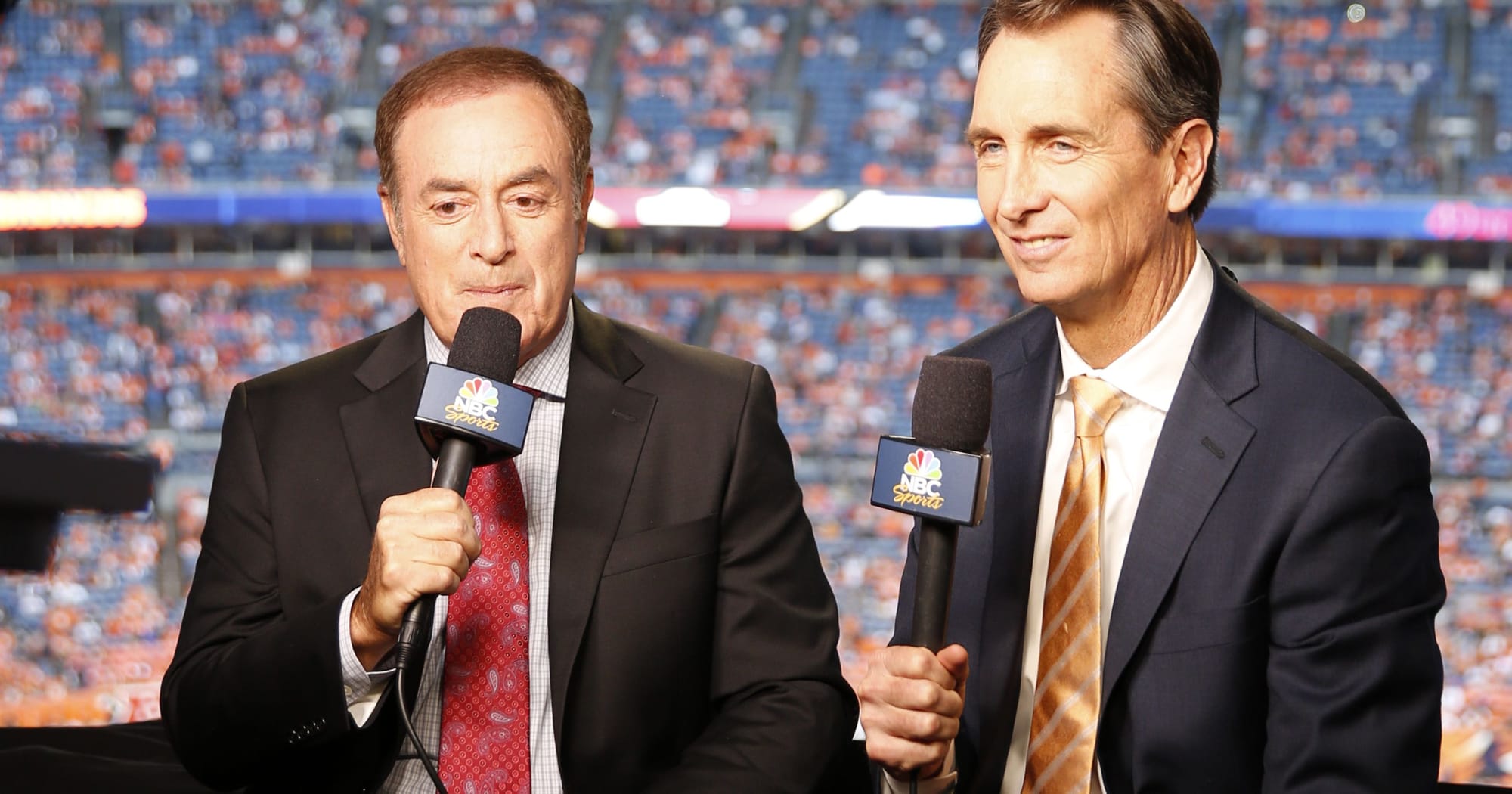
It’s common to see this style of commentary underscoring amazing moments in traditional sports. With some notable exceptions, pro sports commentary is often clinical and holds absolute control over any emotion, despite the blood, sweat, and tears shed by the athletes. In a piece for SB Nation criticizing sports media, Spencer Hall argues that this is because “being bland and featureless is very marketable.” Given the lucrative amount of money tied up in product sponsorships for each and every one of the major sports leagues in America, it becomes a good business decision for commentators to be low-key simply because that style carries a very low risk of alienating anybody the league is trying to sell products to. John Strong, a Major League Soccer commentator for NBC puts it a bit more tactfully in an interview for Work In Sports, saying that the best commentators don’t “go nuts with catchphrases” or show off their personality, they just keep it simple and talk about the game at hand.
By the same token, while esports commentators may be less polished, may make more mistakes, and may, at the end of the day, be talking about the 1s and 0s produced by a piece of software, their personalities always come through. The commentary is somehow more human. And as the esports community grows in viewership, broadcasts will need to remember that these personalities are a big reason why the community has become so large, so quickly. In the next few years, esports will serve as regular programming on major networks like TBS. And ESPN has already launched a separate vertical to cover competitive gaming. Because of this investment in the future of esports, sponsorship deals with major esports leagues should become more lucrative, and viewership looks to continue its steady rise. Esports and its audience will grow, and in growing, change. And with that change comes a number of external pressures that will face the commentary community; the people expected to communicate esports to an increasingly wider audience. Given these pressures, the human touch present in current esports commentary risks being lost, at least at the highest levels of competition. While perhaps necessary, it would be a shame.


